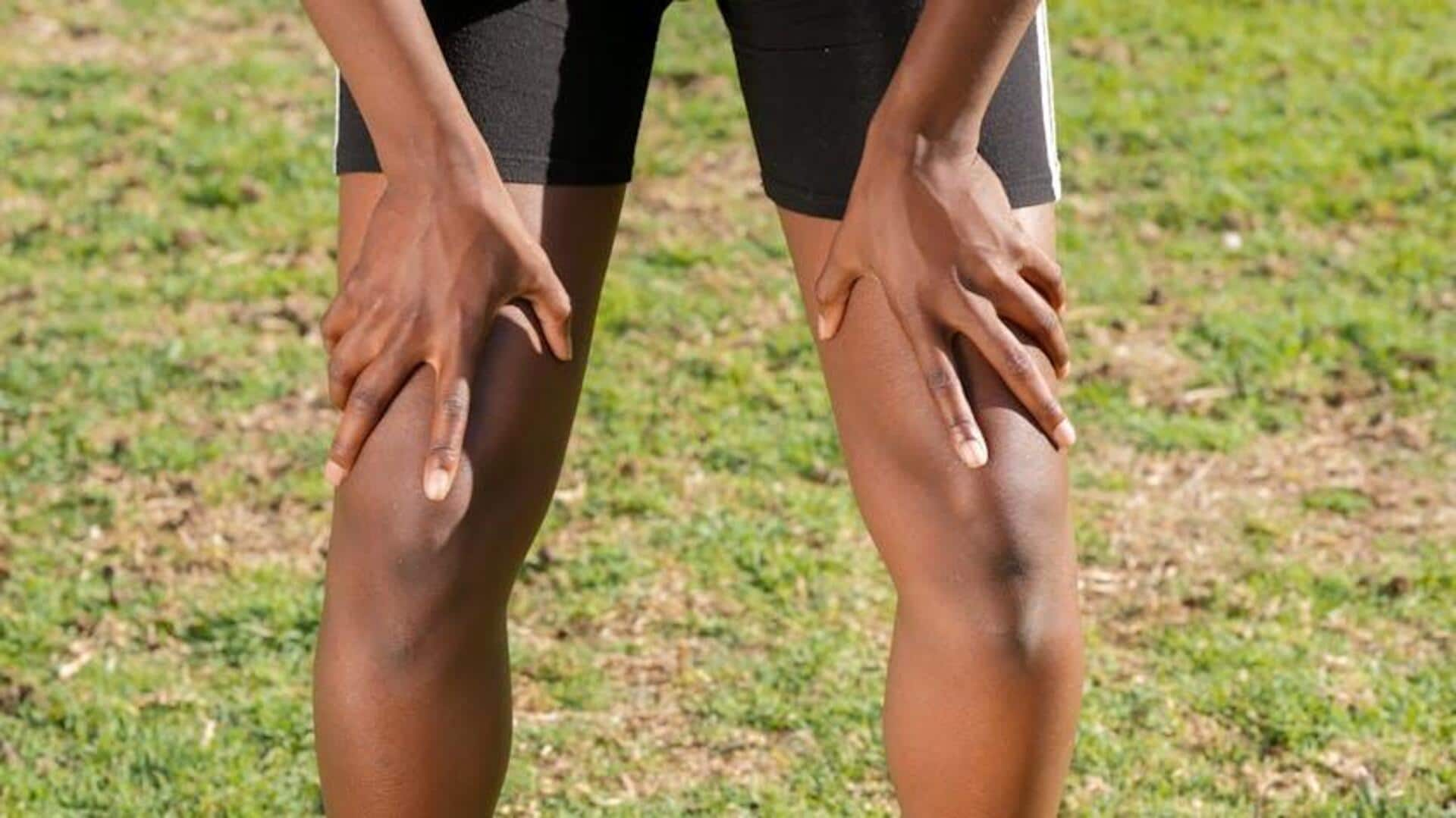
Enhancing thigh strength with African river crossing techniques
What's the story
Without bridges, crossing rivers in Africa can be a test of strength and agility. This article delves into how the techniques employed in these crossings can be translated into exercises for building powerful thighs. By emulating these methods in your workouts, you can cultivate robust leg muscles that are not only strong but also adaptable.
Water walks
Mimicking water resistance
Walking or running against the current in water provides a natural resistance that's great for strengthening your thighs. While real-life river crossings may not be practical for everyone, you can replicate this resistance in a pool for a similar effect. The pressure of the water against your legs as you move through it works out those thigh muscles, making them stronger.
Sand steps
Utilizing uneven surfaces
Unstable surfaces like sand are a common feature of African riverbanks, and they require extra effort to navigate because they shift under your weight. Walking or jogging on sandy terrain forces your thighs to work harder to stabilize your body and propel you forward. This extra effort not only builds thigh strength but also improves overall leg stability, making it a great way to develop strong leg muscles.
Hill climbs
Incorporating elevation changes
Hilly landscapes are a prominent feature in most African river regions, offering a natural workout for the legs. By introducing hill climbs or stair climbing into your routine, you can effectively build thigh strength. The upward motion engages the quadriceps and hamstrings, replicating the exertion required to traverse hilly riverbanks.
Weighted walks
Balancing with loads
Carrying heavy loads across rivers requires significant lower body strength. Mimicking this activity with weighted walks or squats will significantly increase thigh muscle size. Start with lighter weights to maintain good form, then progressively add weight as your strength improves. This exercise not only builds powerful thighs but also improves endurance, making it a perfect way to closely simulate the effort involved in carrying heavy loads across rivers.
Balance exercises
Engaging core stability
Crossing rivers frequently demands the ability to balance on slick rocks or shifting surfaces, calling for more than just strong thighs. You also need a stable core to maintain your footing. By adding balance exercises like single-leg stands or lunges to your routine, you can build core stability while also strengthening your thighs.